How NudeAI Works?

Remember that scene in Blade Runner where photos come to life? Well, NudeAI is bringing that sci-fi concept into reality, minus the trench coats and existential crises.
As someone who’s spent way too much time exploring this digital frontier, I’m here to spill the beans on how these AI-powered tools work their magic.
Did you know that by 2025, the AI market is expected to hit a mind-boggling $190 billion? That’s a lot of digital undressing!
From deep learning algorithms to generative adversarial networks, we’ll strip down the tech behind NudeAI. Don’t worry, I promise to keep things PG-13… mostly.
So, get ready guys, we are getting into the bits and bytes that are causing quite a stir in the digital world. Trust me, you’ll never look at your favorite apps the same way again!
The Technical Foundations
At its core, NudeAI relies on deep learning algorithms, specifically generative adversarial networks (GANs). GANs consist of two neural networks – a generator and a discriminator – that are trained simultaneously. The generator creates fake images, while the discriminator tries to distinguish real images from fake ones. Through this adversarial process, the generator improves at creating realistic fake images.
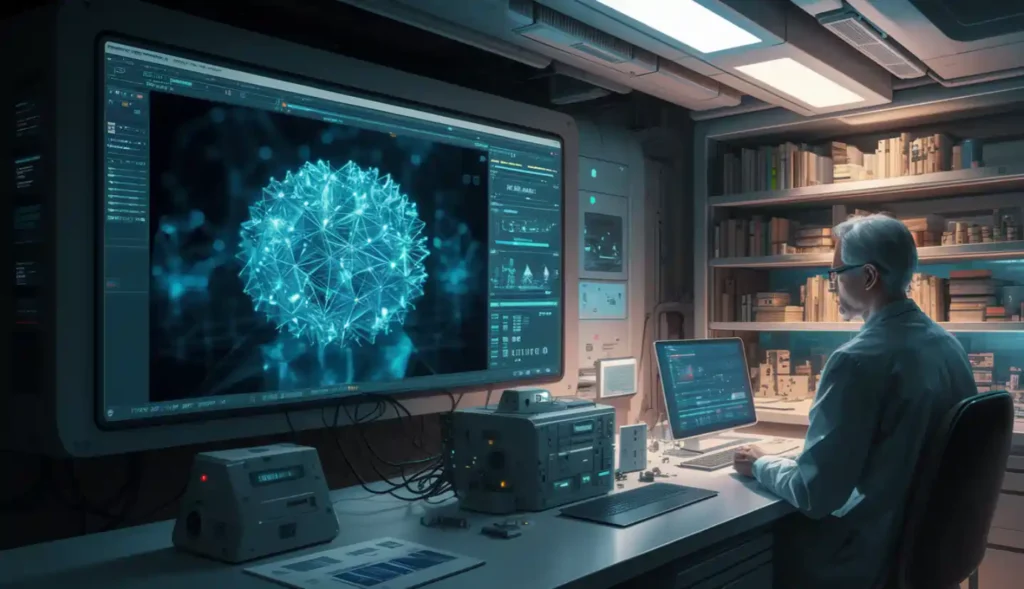
For nude image generation, the GAN is trained on large datasets of nude and clothed images. It learns to map between clothed and unclothed versions of bodies.
Some key technical components include:
- Convolutional neural networks for image processing
- Segmentation models to identify body parts and clothing
- Inpainting algorithms to fill in “missing” nude areas
The training process involves feeding the GAN millions of paired images – clothed and nude versions of the same person. This allows it to learn the mapping between clothing and skin/body features underneath.
Training Process
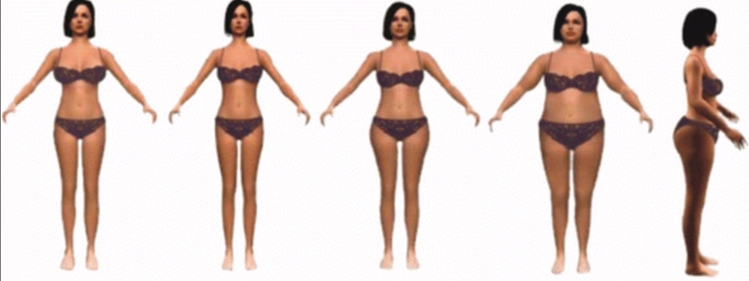
To create a NudeAI model, developers typically follow these steps:
- Data collection: Gather a large dataset of nude images, ensuring diversity in body types, poses, lighting conditions, etc.
- Data preprocessing: Clean and normalize the image data, often resizing to a standard resolution.
- Model architecture: Design the GAN structure, usually based on established architectures like StyleGAN.
- Training: Feed the preprocessed data through the model, allowing the generator and discriminator to improve iteratively.
- Fine-tuning: Adjust hyperparameters and potentially retrain on more specific datasets to improve output quality.
The training process often requires significant computational resources, including high-end GPUs or TPUs. It may take days or weeks to produce a high-quality model.
Key Components
- Generator Network: This neural network takes random noise as input and produces synthetic nude images. It learns to map the input noise to the distribution of real nude images in the training data.
- Discriminator Network: This network attempts to distinguish between real nude images from the training set and fake images produced by the generator. It provides feedback to improve the generator’s output.
- Loss Functions: Specialized loss functions measure how well the generator is performing and guide the training process. Common choices include Wasserstein loss or least squares loss.
Dataset Requirements
The performance of NudeAI systems depends heavily on their training data. Ideal datasets include:
- Diverse body types, skin tones, and poses
- High-resolution images with detailed textures
- Paired clothed/nude images of the same person
- Large volume (millions of images)
Acquiring such datasets ethically is a major challenge for developers.
Types of NudeAI Systems
There are several categories of NudeAI, each with different capabilities:
Detecting NudeAI Images
As NudeAI improves, detecting fake nude images becomes more challenging. Some current detection methods include:
- Analyzing image metadata
- Looking for telltale artifacts or inconsistencies
- Using AI-based fake image detectors
- Checking for impossible anatomical features
However, as generation techniques advance, detection will likely require more sophisticated forensic tools.
Technical Advancements
Recent improvements in NudeAI technology include:
- Higher resolution outputs (up to 4K)
- Better handling of diverse body types
- More realistic skin rendering
- Improved pose flexibility
- Faster processing times
Performance Metrics
Evaluating NudeAI systems involves both objective and subjective measures:
| Objective: | Subjective: |
|---|---|
| Image quality (PSNR, SSIM) Processing speed Anatomical accuracy | Photorealism Consistency with input Overall believability |
Image Segmentation Techniques
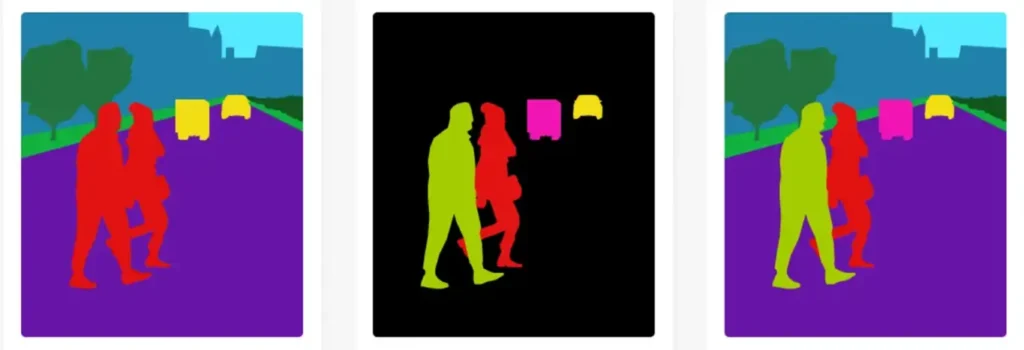
Accurate body and clothing segmentation is crucial for NudeAI. Common approaches include Fully Convolutional Networks (FCN) for pixel-wise classification of image regions, U-Net with its encoder-decoder architecture for precise segmentation, and Mask R-CNN for instance segmentation to identify individual body parts.
These models are often pre-trained on large datasets of human images and fine-tuned for the specific task of nude/clothing segmentation.
Inpainting Algorithms
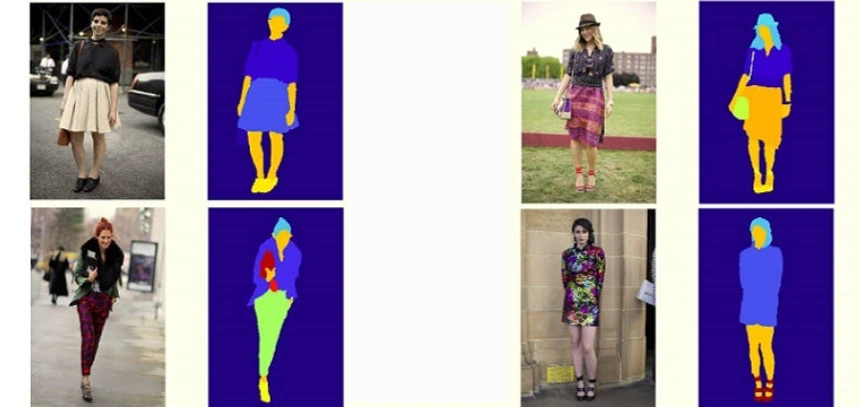
Once clothing is removed, the system must realistically fill in the exposed areas. Advanced inpainting methods include:
- Partial Convolutions: Handles irregular holes in images
- Contextual Attention: Uses surrounding context for coherent filling
- Gated Convolutions: Learns soft mask updates for each channel
These techniques allow for seamless blending of generated nude areas with the original image.
Skin Texture Synthesis
Generating realistic skin is a key challenge. Approaches include texture transfer by copying skin textures from reference images, procedural generation using algorithms to create skin-like patterns, and GAN-based synthesis to learn and generate diverse skin textures. The most advanced systems combine these methods for highly realistic results.
Pose Estimation and Transfer
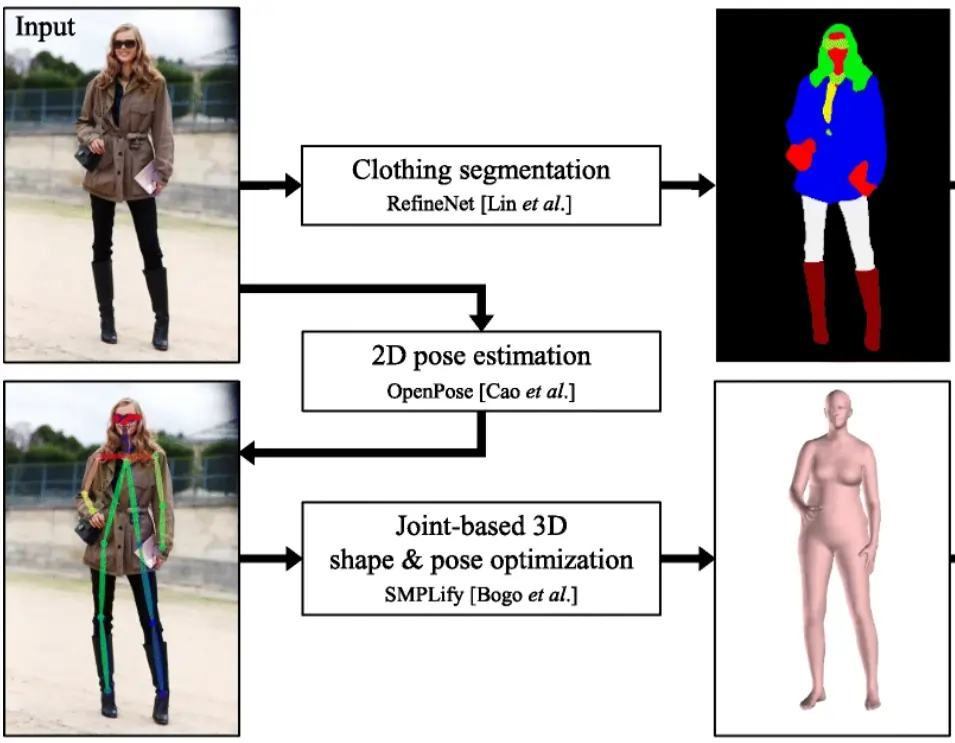
Maintaining consistent poses requires accurate skeletal modeling:
- 2D pose estimation: Identifying key body joints in the input image.
- 3D pose inference: Reconstructing a 3D skeleton from 2D estimates.
- Pose transfer: Mapping the original pose onto the generated nude body.
This ensures that the output image matches the posture and proportions of the input.
Dataset Preprocessing
Preparing training data for NudeAI involves several steps: cleaning to remove low-quality or irrelevant images, annotation to label body parts, clothing items, and poses, alignment to ensure consistent positioning across image pairs, and augmentation to generate additional training samples through transformations. High-quality datasets are essential for training robust NudeAI models.
Model Optimization Techniques
To improve performance and efficiency, developers use various optimization strategies:
- Knowledge distillation: Transferring knowledge from larger to smaller models.
- Quantization: Reducing model precision for faster inference.
- Pruning: Removing unnecessary connections in neural networks.
- Architecture search: Automatically finding optimal model structures.
These techniques allow NudeAI systems to run on a wider range of devices.
Evaluation Methodologies
Assessing NudeAI output quality involves both automated and human evaluation:
Automated metrics:
- Fréchet Inception Distance (FID) for image realism
- Structural Similarity Index (SSIM) for consistency with input
- Inception Score (IS) for diversity and quality
Human evaluation:
- A/B testing against real images
- Likert scale ratings for various quality aspects
- Expert assessment by artists or anatomists
Combining these approaches provides a comprehensive view of system performance.
Integration with Other AI Technologies
NudeAI systems often incorporate other AI capabilities:
- Natural language processing: Generating images from text descriptions.
- Speech synthesis: Creating talking head videos with nude avatars.
- Emotion recognition: Adjusting facial expressions in generated images.
This integration enables more interactive and customizable applications.
The Naked Truth: NudeAI’s Digital Striptease
As we’ve peeled back the layers of NudeAI, it’s clear this technology is more than just a digital peep show. From deep learning algorithms to generative adversarial networks, these AI systems are like digital Picassos, painting nudes faster than you can say “clothes off!”
So as we march into this brave new world of AI-generated nudity, we must tread carefully.
In 2030, Sarah opened her phone to find her social media flooded with AI-generated nudes of… well, everyone. She chuckled, realizing the irony: in a world where anyone could be seen naked, clothing had become more valuable than ever.
As she slipped on her favorite jacket, she wondered if AI would ever truly capture the essence of human beauty – wrinkles, cellulite, and all.
